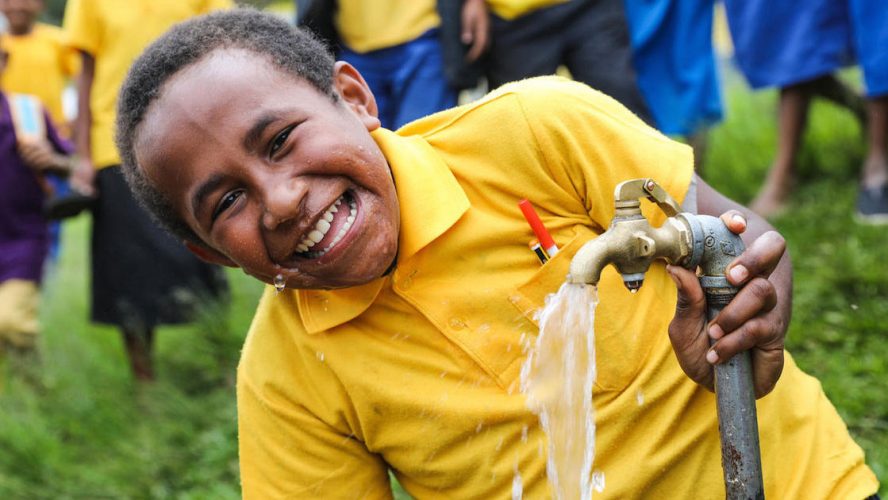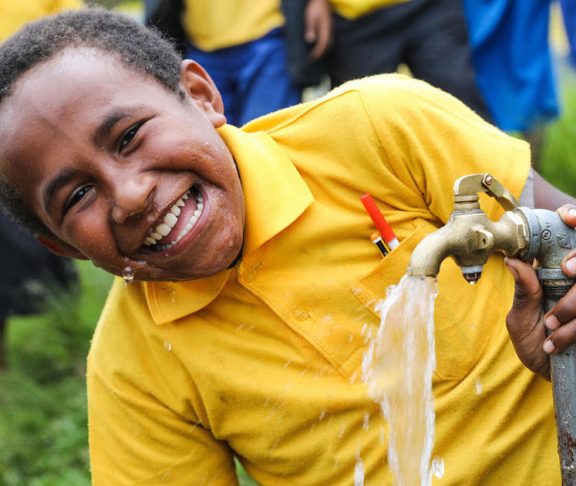The World Health Organization and United Nations Children’s Fund (WHO/UNICEF) Joint Monitoring Programme for Water Supply, Sanitation, and Hygiene (JMP) produces internationally comparable estimates of progress on drinking water, sanitation, and hygiene (WASH), and is responsible for global monitoring of the Sustainable Development Goal (SDG) targets related to WASH.
- 1 in 3 people globally do not have access to safe drinking water 3 billion people lack basic hand washing facilities.
- Each year, 297,000 children under 5 years old die because of diarrhea linked to inadequate water and sanitation.
- 2 billion people still do not have basic sanitation facilities, such as toilets or latrines At least 10 percent of the world’s population consumes food irrigated by wastewater.
- 673 million people defecate in the open — in street gutters, behind bushes, or into open bodies of water.
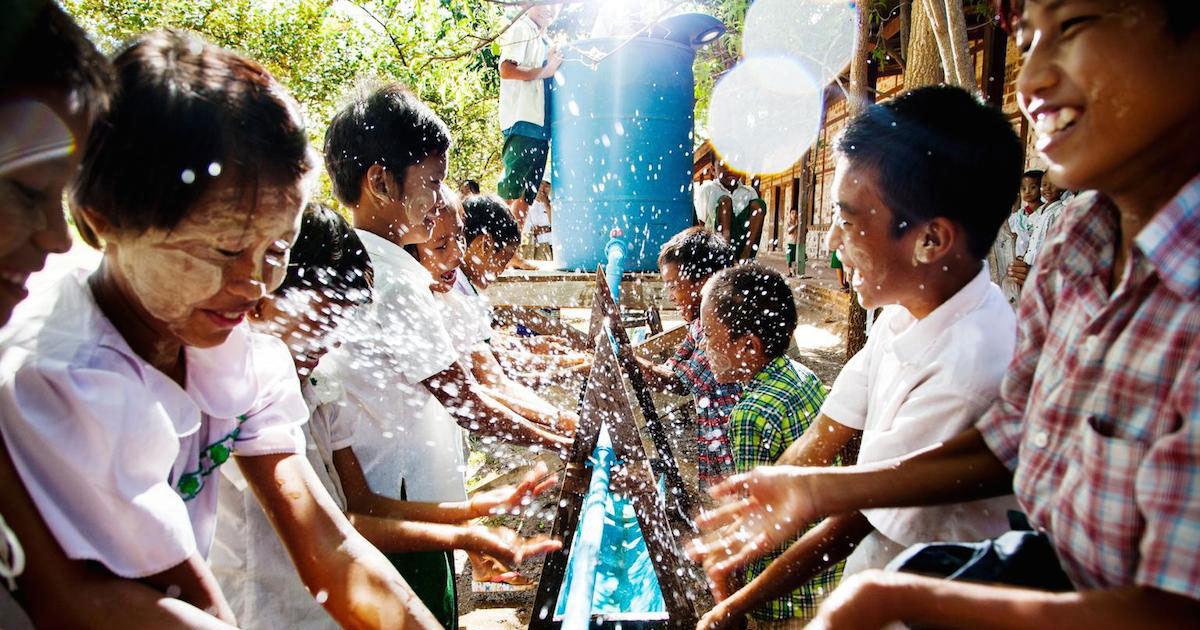
Fourth grade students from Hnen Ser Kyin Middle School, in the village of Hnen Ser Kyin, Magway Region, Myanmar, wash their hands at a community water point.
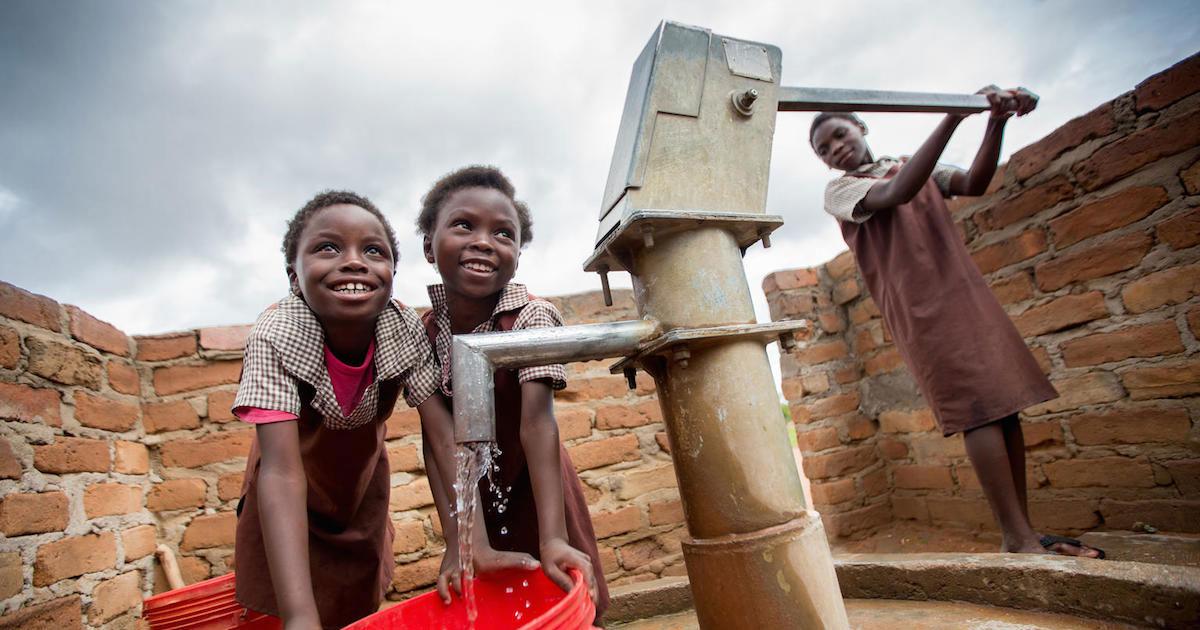
Photo: © UNICEF/UN0145989/Schermbrucker
Students pump water from a newly built ground well at the primary school in Kuzungula District, Southern Province, Zambia.
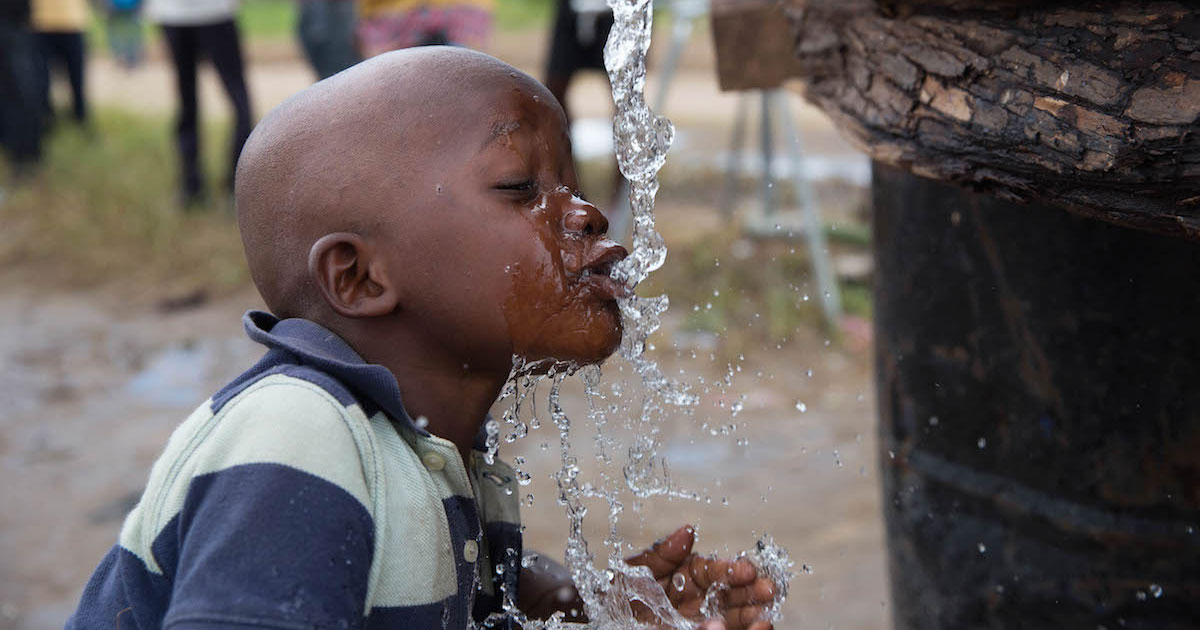
A child in Dondo, Mozambique, drinks from a community water point provided with support from UNICEF.
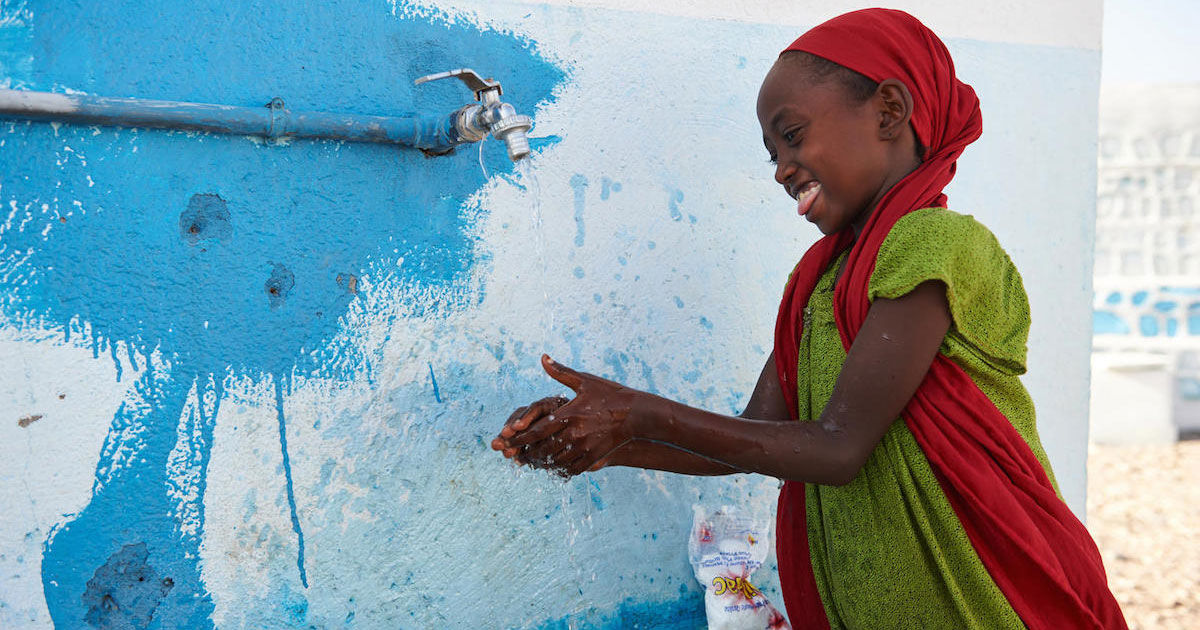
A girl uses soap and tap water outside a UNICEF-supported school in the village of Dafo, near the city of Tadjourah in southern Djibouti.
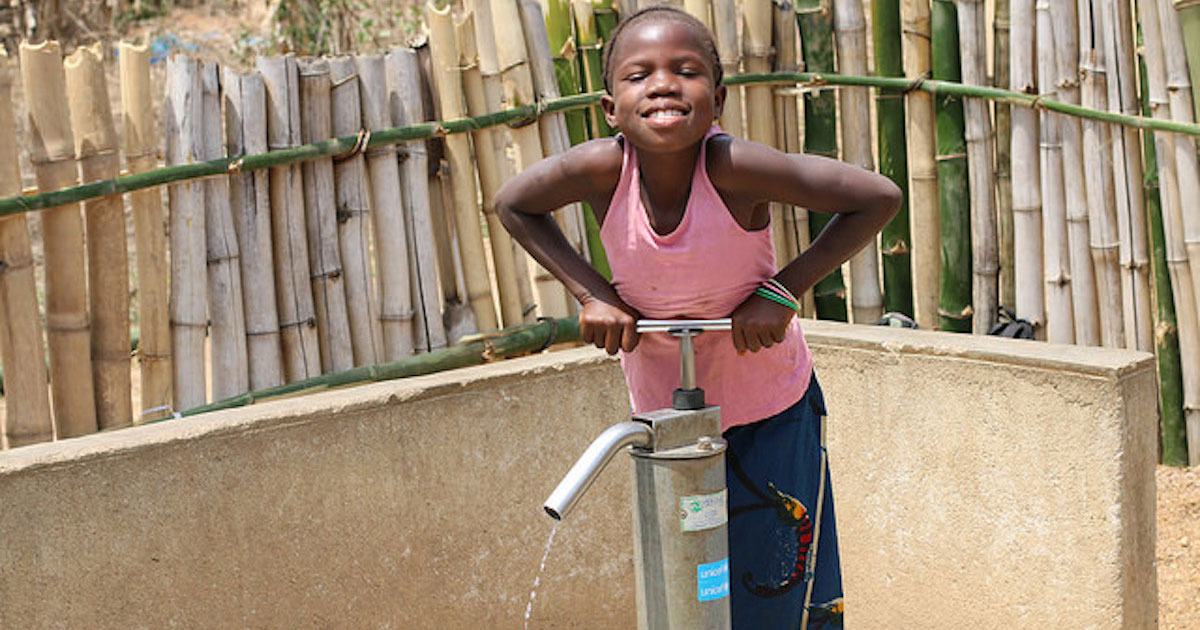
“Every night when I came home from school, I’d get water in the bush under some bamboo,” 12-year-old Seny Lamah of Yalenzou, Guinea, told UNICEF. “This place was very far from the house, and I was sometimes afraid to go because of the snakes and other dangerous animals, but I had no choice.” After UNICEF drilled a well for residents of her remote village to share, the snakes were no longer a problem. Since 2013, UNICEF and its partners have worked all around the country to create new water points and rehabilitate old ones, including clean water and sanitation facilities in schools.
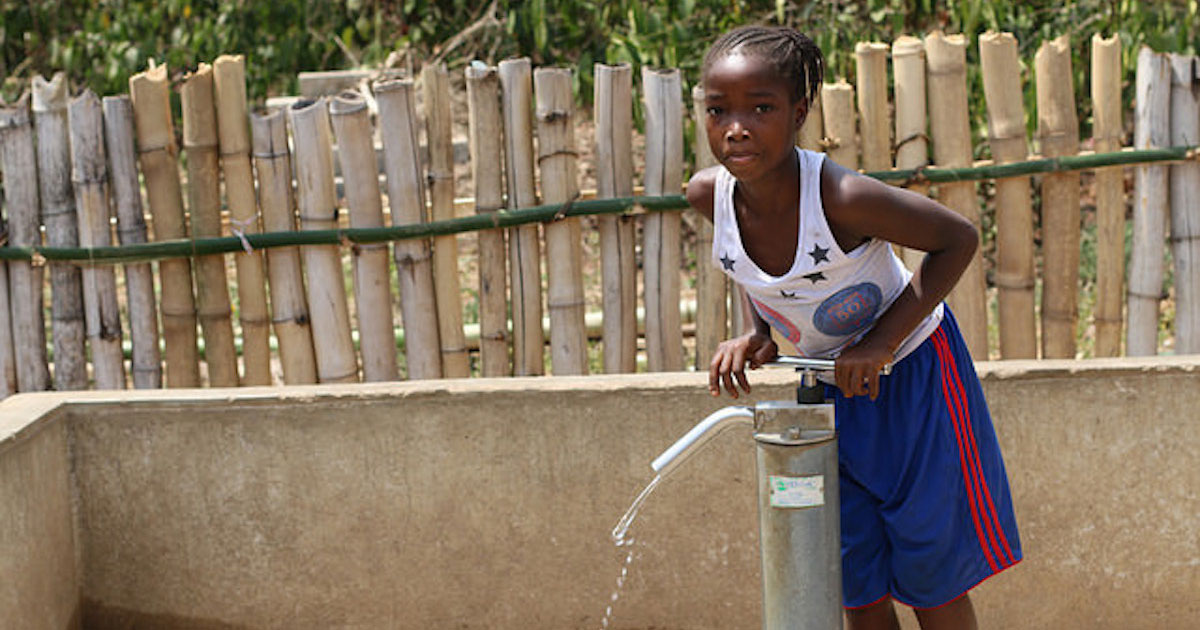
Gobou Kolie, a mother in Lola, Guinea, used to send her daughter Madeleine (pictured) to fetch water at a village far away. Now that their village has a new well, she says, “It has changed our lives.” Elisabeth Monèmou, 11, noticed improvements in her own health and the community’s. “I always had a stomach ache because of the river water, but now we hear less talk about cholera or diarrhea. We have clean water and are less sick.”
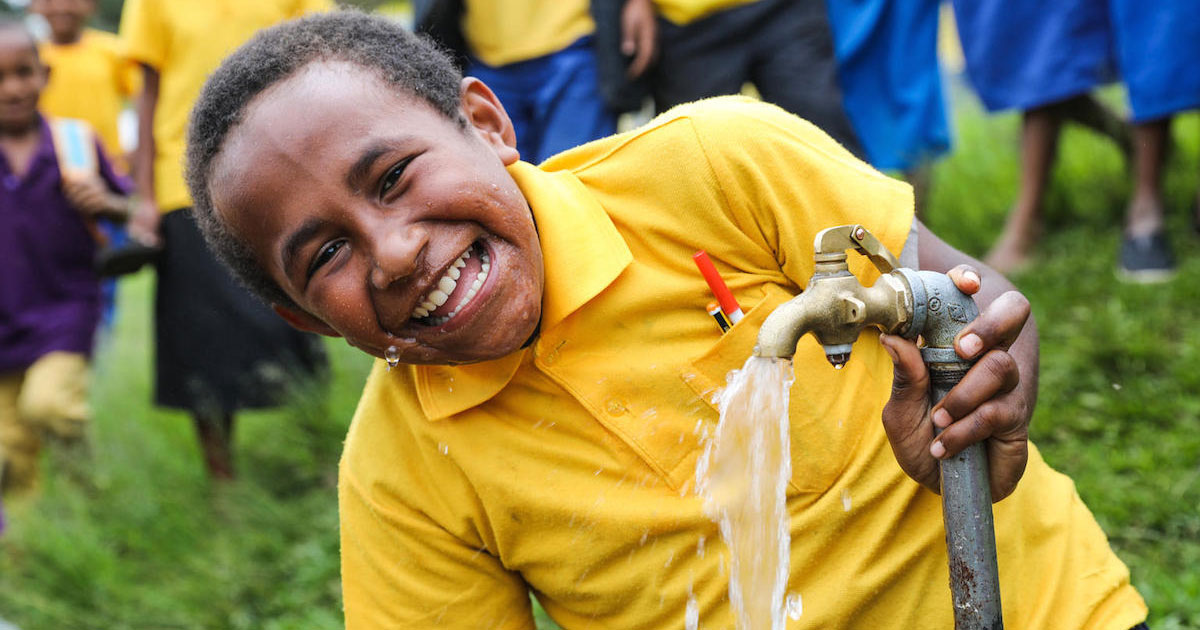
Ryan Kalowa, 11, is happy to see the return of clean, safe drinking water at his school, Kumin Primary School in Papua New Guinea. The school had to close for a week in February 2018 after an earthquake disrupted the school’s supply of safe drinking water; students were dismissed early for an extended period because the toilets were so badly damaged.
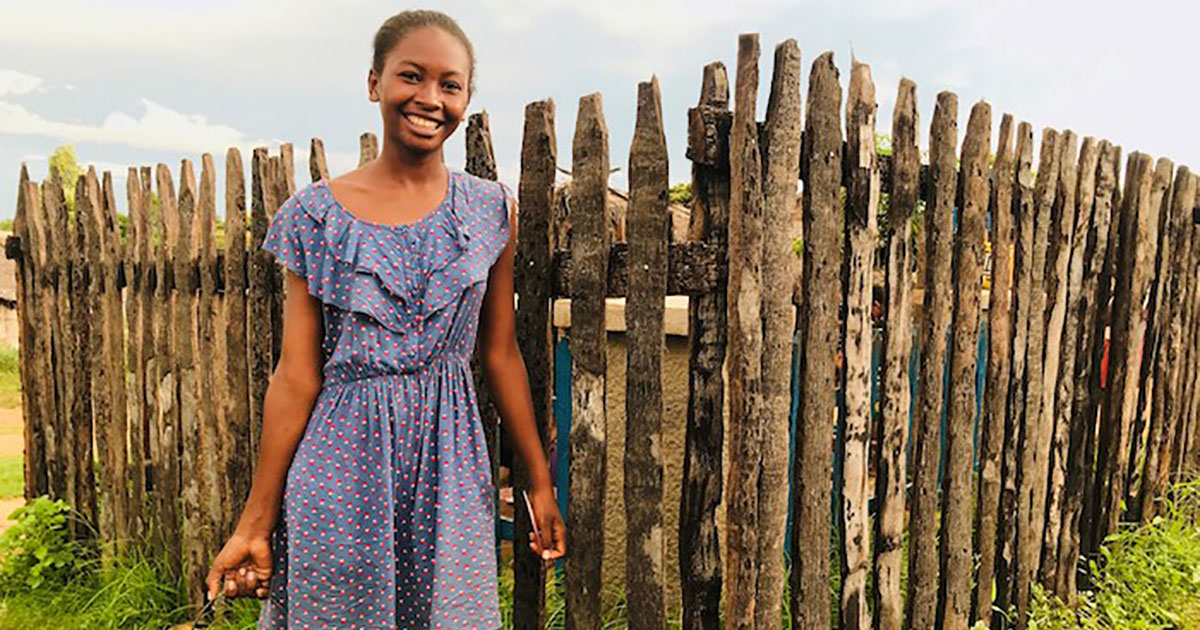
Rasoanantenaina, 17, remembers waking up at 3:30 a.m. each day to make the first of several trips to collect water from an underground water source more than half a mile from her home in the village of Maharatsandry in northwestern Madagascar’s Marovoay district. “It was difficult for me to find time to do my homework because I was always too tired. It got worse when I had my period,” she said. “Sometimes I had to stay at home because with no toilets or water for washing, it was hard for me to concentrate at school.” That changed after UNICEF installed a water point in her village. “It feels like a 50-pound weight that I have been carrying with me for a long time has been lifted. Now I can have time for myself, to rest, to study, to play — and I can shower as much as I want.” UNICEF also supported the construction of permanent toilets at her high school, with separate rooms for girls and boys.
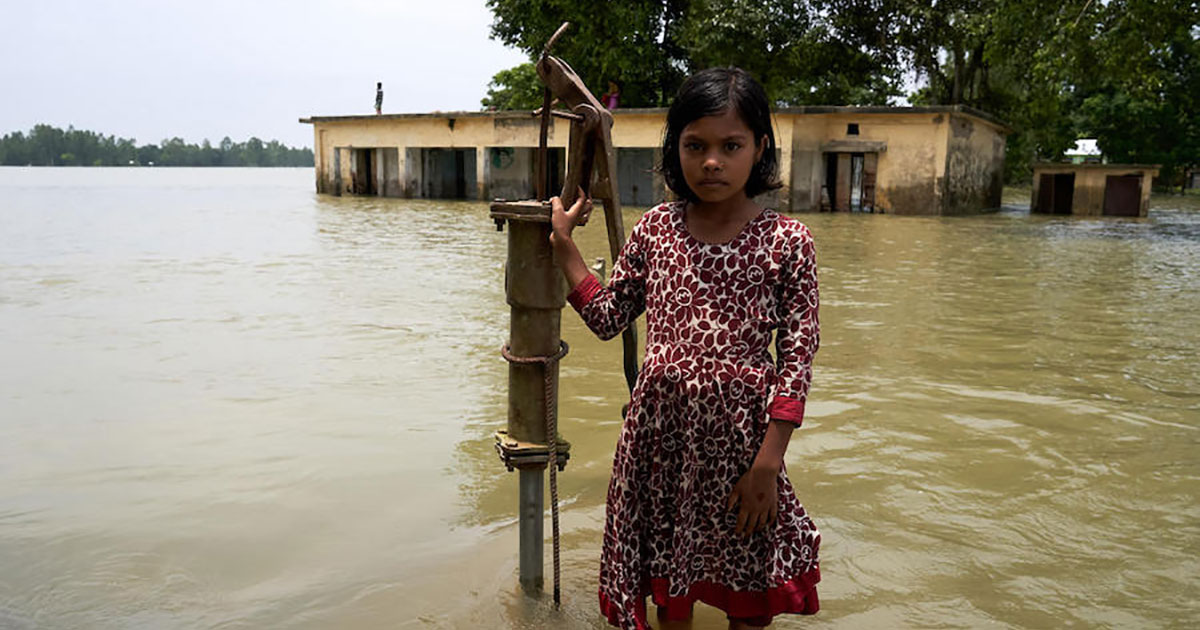
On July 16, 10-year-old Ishrafi stands in front of her school, Borobari Government Primary in Bangladesh, which has been submerged under water for the past few days. The tube well she stands on is the only source of clean water in the area. Due to severe rainfall during the prior week, many areas of Bangladesh have been affected by severe flood, distressing thousands.
